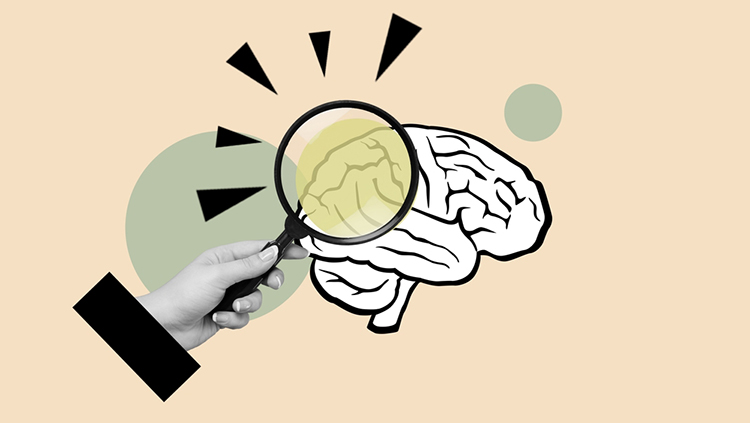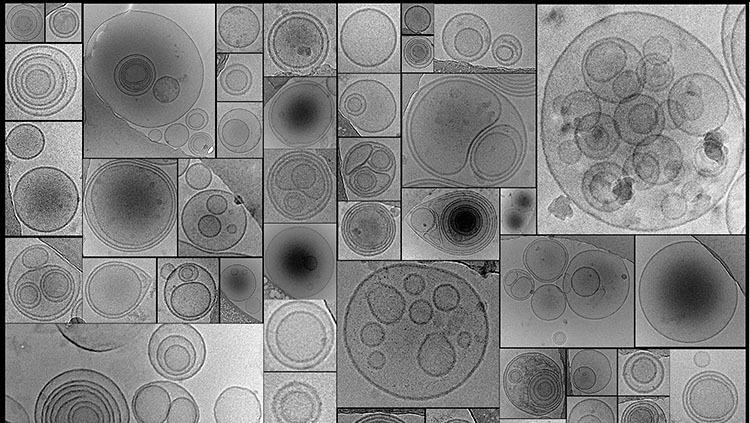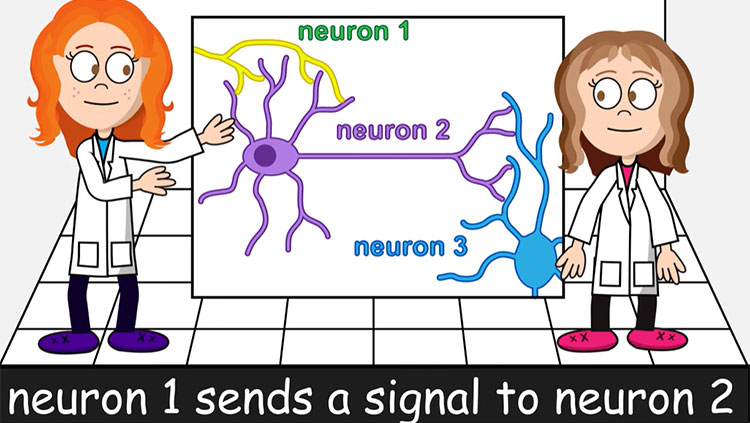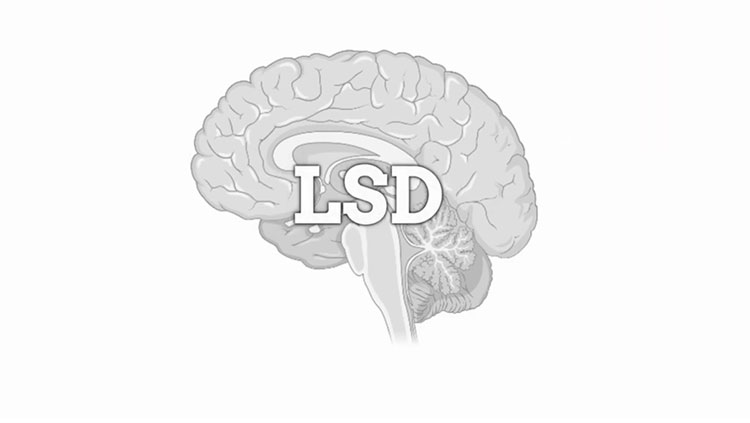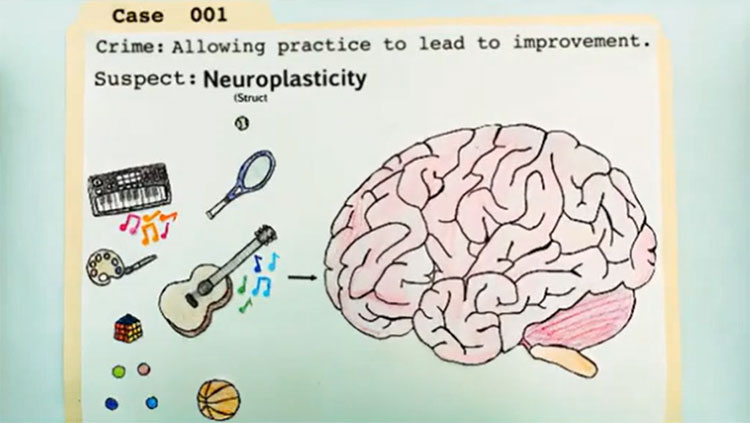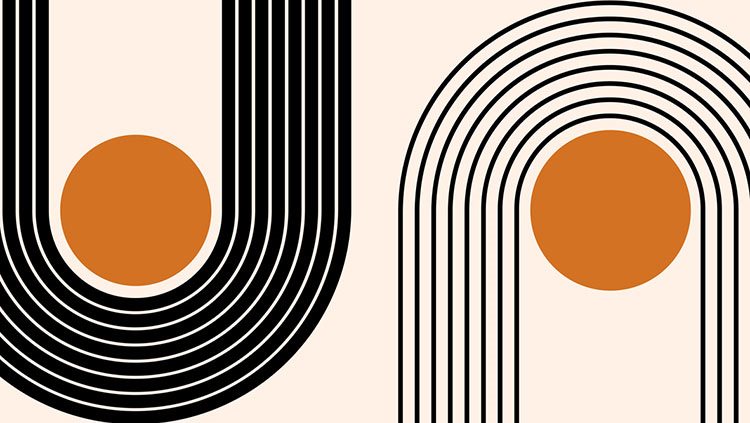I awoke this morning to a ferocious lightning storm. The house shook from thunderous booms. The predawn darkness blanched in blazing white flashes. Lightning is impressive; especially in contrast to the feeble bioelectricity generated by the body’s nerve cells. Or is that just an illusion? Neuroscientist Michael Persinger has done some back-of-the-envelope calculations that may surprise you.
A neural impulse (action potential) is only a tenth of a volt. About the same as a very dead flashlight battery, this voltage is far too feeble to sense. But, that action potential voltage spans across a microscopic distance of a cell membrane (about 10 nm), so scaled up to real world dimensions in which you and I and lightning operate, this neural impulse is equal to 100,000 V/meter! On the microscopic scale inside a cell, that is a lightning bolt. The molecular and cellular components of a cell will experience a neural impulse the way you experience a lightning bolt.
Now consider the miniscule charge carried by a single action potential of only 1.6 X 10^ -19 Coulombs. In terms of energy, this is a vanishingly small 1.9 X 10^ -20 Joules.
But now consider that there are 10^10 neurons in your cerebral cortex and that they are happily firing away at an average frequency of about 1 Hz. Do the math and you’ll find that the total energy per second in your gray matter is 10 ^-10 J/s. Now proportion this to the 1330 cc volume of your brain (assuming it is average…maybe a bit bigger than average if you are reading this), and the result is an energy density of 10 ^-7 J/s.m^3.
A typical lightning strike drives a flow of about 10 Coulombs of electrons across a potential difference of 10^8 V, resulting in 10^9 Joules of energy. Impressive. Now if you figure that there are about 70-100 lightning strikes per second worldwide, this results in lightning generating about 10^11 J/s of energy. That is 100 gigawatts of power! But you already knew this.
Now lightning discharges within a narrow shell of atmosphere about 2 km thick, multiply that times the 6,378 km radius of the earth, and this is a volume of 1 X 10^18 m^3. You guessed it. The energy density of all the world’s lightning is 10^-7 J/s>m^3, and that is the same energy density as inside your head.
Ahh, but the current is enormous in a lightning bolt. It can vaporize a tree instantly. That is true. A lightning bolt carries a whopping 100 Amps. But, that electric current is carried through a pretty narrow channel as we can plainly see when the bolt of lightning scores a direct hit on the hands of the clock tower. The current in a lightning bolt flows inside a channel of about 1 cm in diameter. Dividing the current in a lightning bolt by the diameter of this channel gives remarkably the same current density as dividing the current generated by an action potential flowing through an axon.
So even though the current is much larger in a lightning strike because of its absolute size factor of 10 ^10 larger, the “miniscule” current density driven by an action potential is comparable to a lightning bolt through the cross sectional area of an axon.
Bedazzled by lightning in the predawn hours a cerebral storm of equivalent electrical power blazes away in the world inside your head. When scaled up in proportion from the extreme miniaturization of cellular components in your brain, the neural electrical storm inside your skull is equal in power to all the lightning in the world. The dazzling display of electricity in the howling storm is matched by an even more amazing electrical storm in your brain as your imagination wanders, trying to cook up reasons to stay in bed just a bit longer.
CONTENT PROVIDED BY
BrainFacts/SfN
References
Persinger, M.A. (2012) Brain electromagnetic activity and lightning: potentially congruent scale-invariant quantitative properties. Front. Integrative Neuroscience, vol 6 article 19, p. 1-7.
Also In Cells & Circuits
Trending
Popular articles on BrainFacts.org



